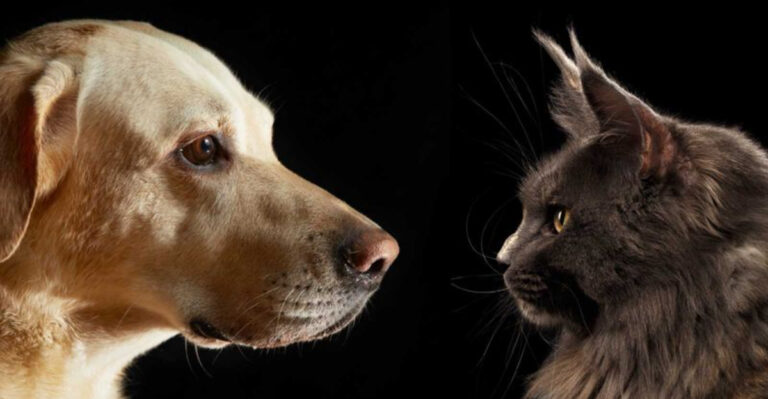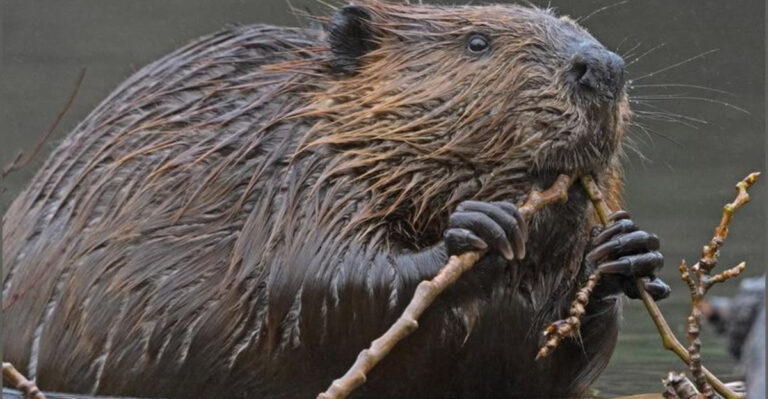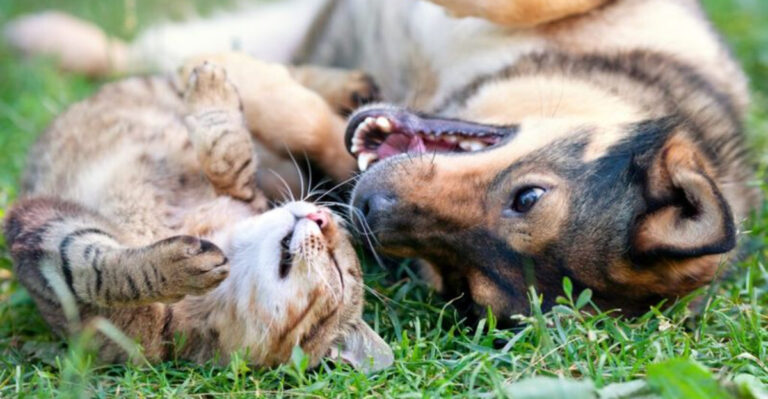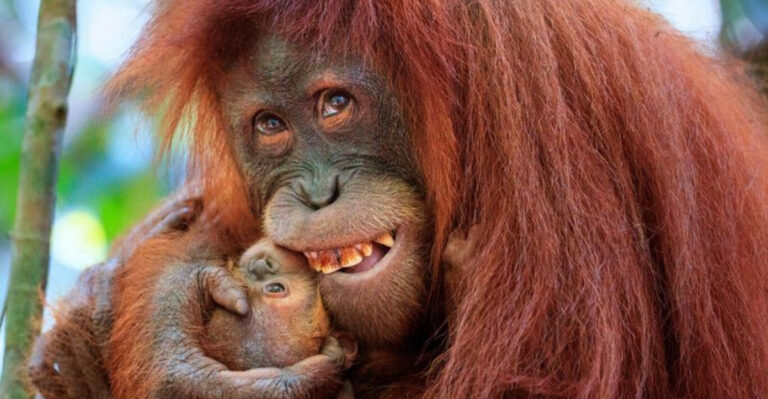15 Cat Breeds That Might Surprise You With Their Aggressive Side

Cats are often seen as cute and cuddly, but some cat breeds are notorious for their feisty and aggressive personalities.
These breeds require a firm hand and understanding owner who can appreciate their unique traits. Here are some cat breeds known for their aggressive streak, and tips on how to manage them.
1. Burmese
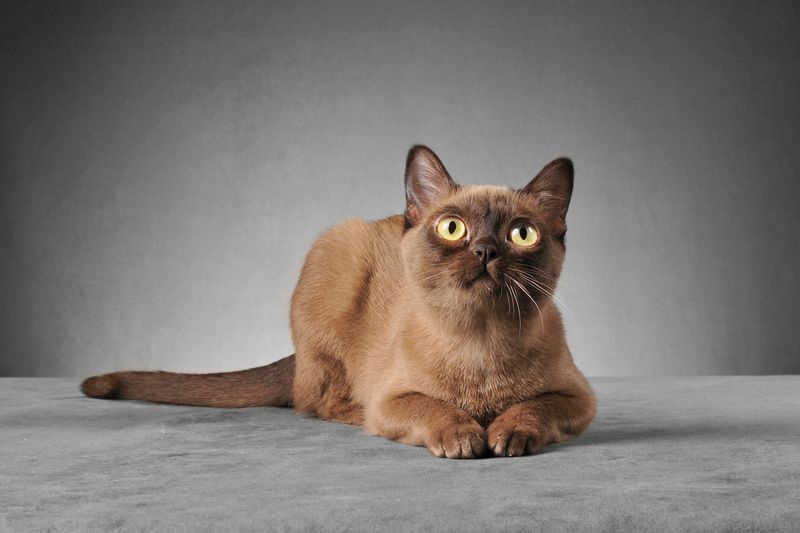
The Burmese is often thought of as a friendly and affectionate breed, but they can also display a surprisingly aggressive side, especially when they feel threatened.
This breed is known for being very attached to their owners and can become possessive, leading to aggressive behavior if their territory is encroached upon.
While they are generally good with children and other pets, their strong personalities can sometimes lead them to be territorial and defensive, especially in unfamiliar situations.
2. Scottish Fold
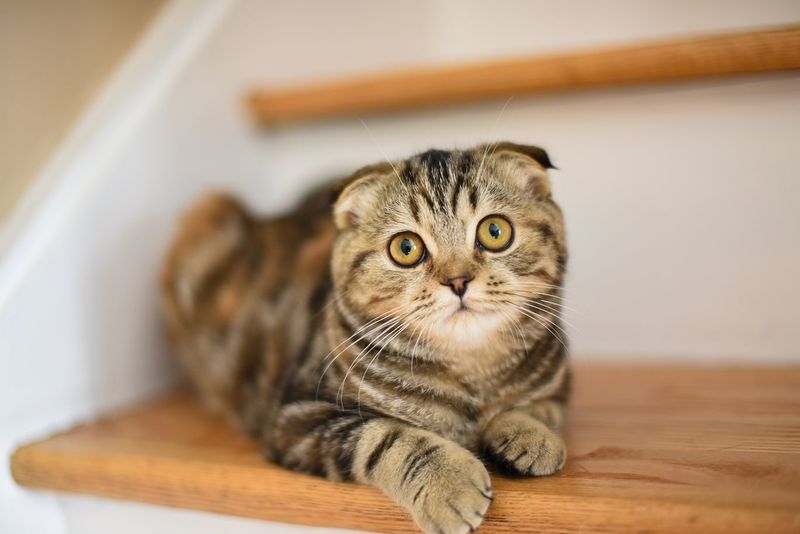
The Scottish Fold is adored for its unique, folded ears, but don’t let their cute appearance fool you. This breed can sometimes display aggression, particularly if they feel their space is being invaded.
Scottish Folds are known to have strong-willed personalities and can become quite feisty when they’re unhappy, especially when they’re disturbed from their quiet, comfortable spaces. It’s important to respect their boundaries to avoid triggering this side of their temperament.
3. Bengal
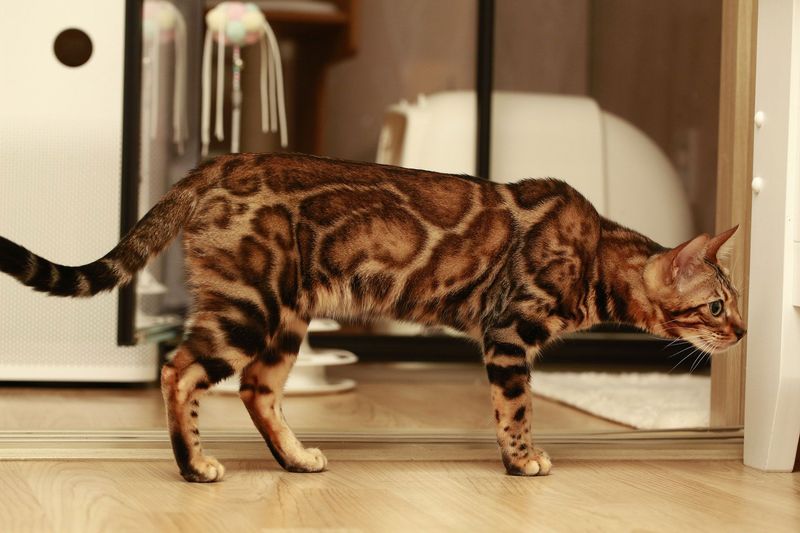
The Bengal is known for its stunning spotted coat and wild appearance, but it also has a reputation for being one of the more aggressive breeds. Bengal cats are highly energetic and intelligent, which can sometimes translate into a more dominant personality.
They can become territorial and protective, especially when they feel their home or family is threatened. Their high energy levels make them playful, but they also need stimulation, and without it, they may channel their frustration into more aggressive behaviors.
4. Turkish Angora
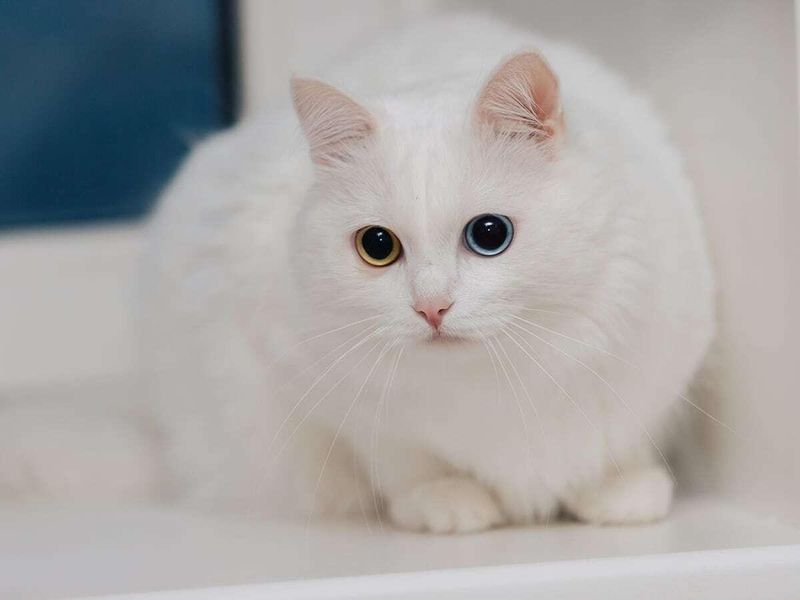
The Turkish Angora is a beautiful, elegant breed with a silky coat, but it can also be surprisingly aggressive when it comes to asserting its independence. Known for being highly intelligent and curious, these cats can become quite temperamental, especially if they feel cornered or overhandled.
They are often very loyal to their families, but their independent nature means they may lash out if they are not given the space they need. They can be quite possessive of their territory as well.
5. Maine Coon
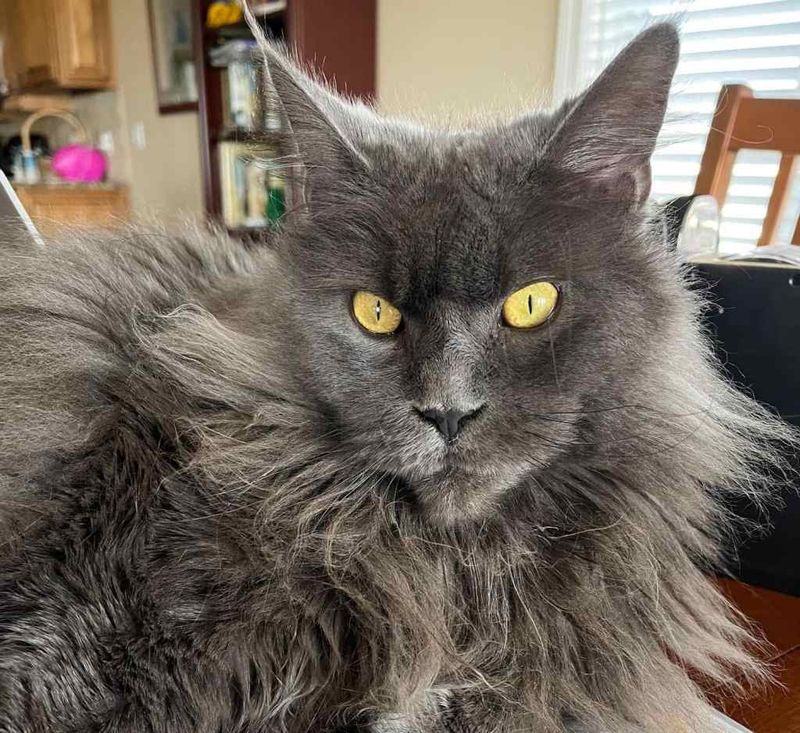
The Maine Coon is one of the largest domesticated cat breeds, known for its gentle nature and sociable personality. However, despite their reputation as “gentle giants,” Maine Coons can also show aggression, particularly if they are not properly socialized or if they feel their home is being threatened.
While they are typically affectionate and playful, they can be territorial and stubborn, which may lead to aggressive behavior if they are provoked or feel their space is encroached upon.
6. Persian
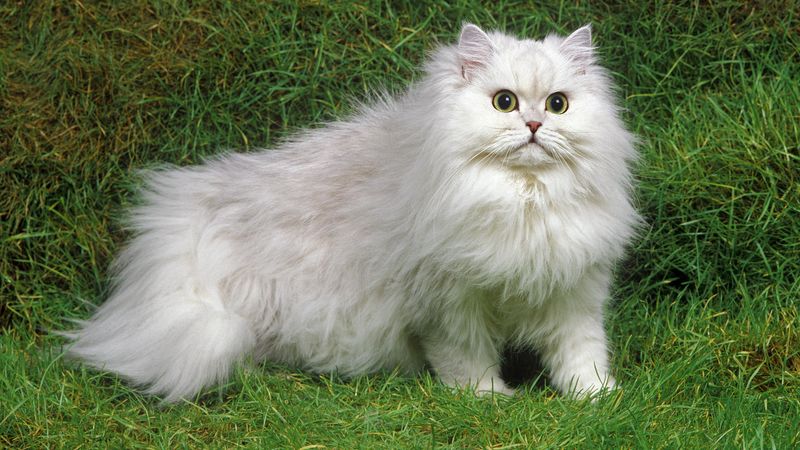
The Persian is typically calm and laid-back, but it can surprise owners with its occasional aggression. Known for their luxurious coats and quiet demeanor, Persian cats tend to keep to themselves and can become easily irritated when their routines are disrupted.
When they feel threatened or overwhelmed, they may lash out. Their aloof nature and tendency to want things on their own terms make them less tolerant of unfamiliar people or changes to their environment, leading to occasional aggression.
7. Siamese
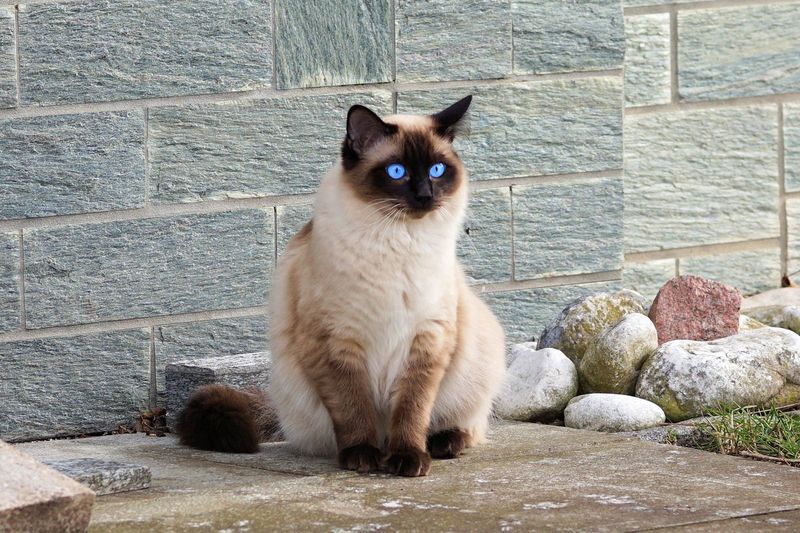
The Siamese cat is known for its striking blue eyes and sleek body, but don’t be fooled by its beauty—this breed is known for being particularly vocal and can be unexpectedly aggressive.
Siamese cats have strong personalities and are highly social, so they require a lot of attention. If ignored or neglected, they can become frustrated and might lash out.
Their intelligence and desire to be the center of attention often lead them to express themselves in ways that can seem aggressive if their needs are not met.
8. Egyptian Mau
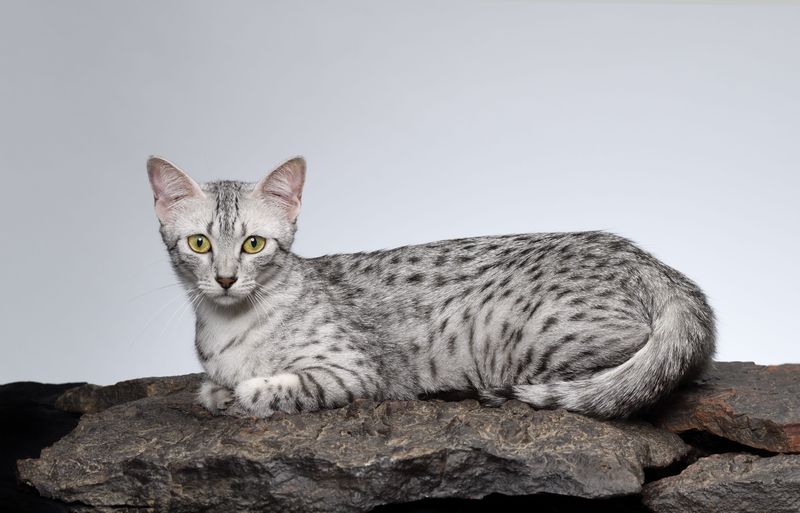
The Egyptian Mau is a strikingly beautiful breed with a royal look, and while it’s known for its affectionate nature, it can also show aggressive behavior when it feels threatened. Egyptian Maus are known to be highly protective of their territory, and they can be wary of strangers.
They are also very active, and if they don’t receive enough mental and physical stimulation, they may become territorial and aggressive. This breed thrives in environments where they feel secure and respected.
9. Sphynx
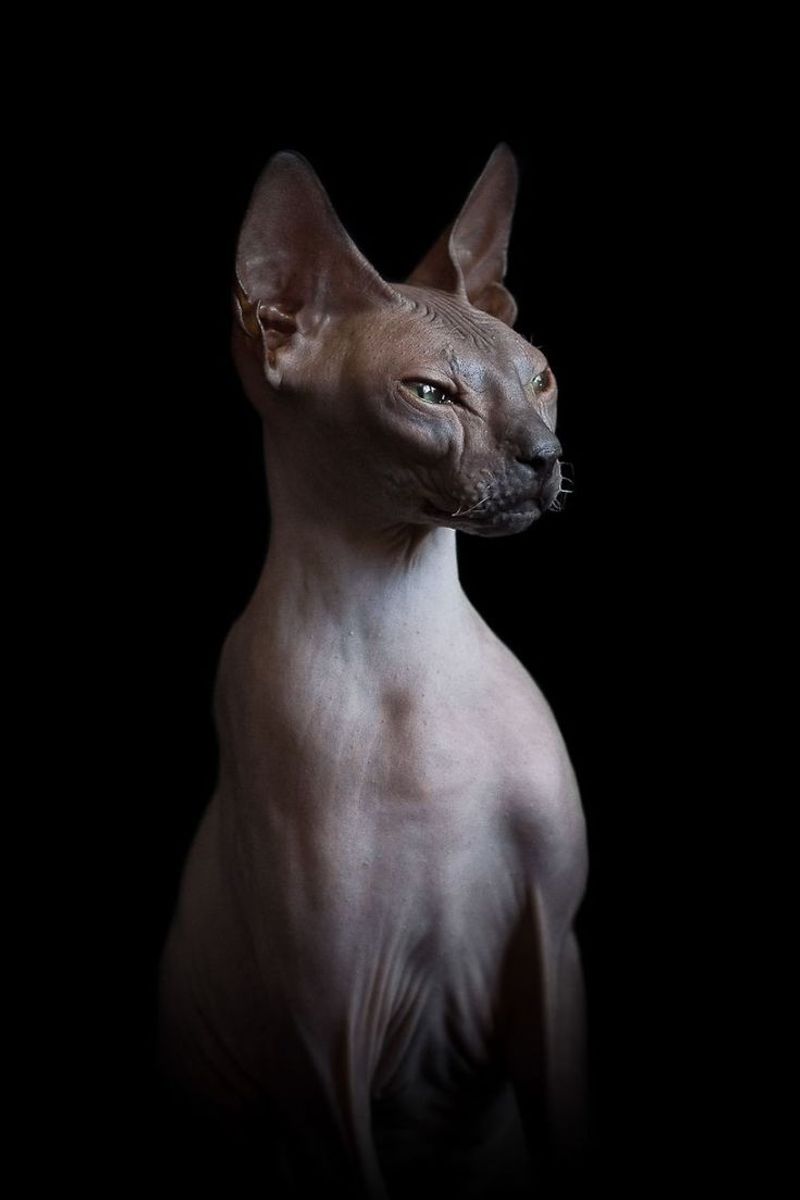
The Sphynx, with its hairless body and large ears, is an outgoing and friendly cat, but it can have a surprisingly aggressive side when it feels threatened. Though generally known for being affectionate and social, Sphynx cats are highly energetic and have a strong personality.
They demand attention and if ignored or provoked, they can become more aggressive. Their lack of fur makes them more vulnerable to stress and discomfort, which can sometimes manifest as aggression.
10. Russian Blue
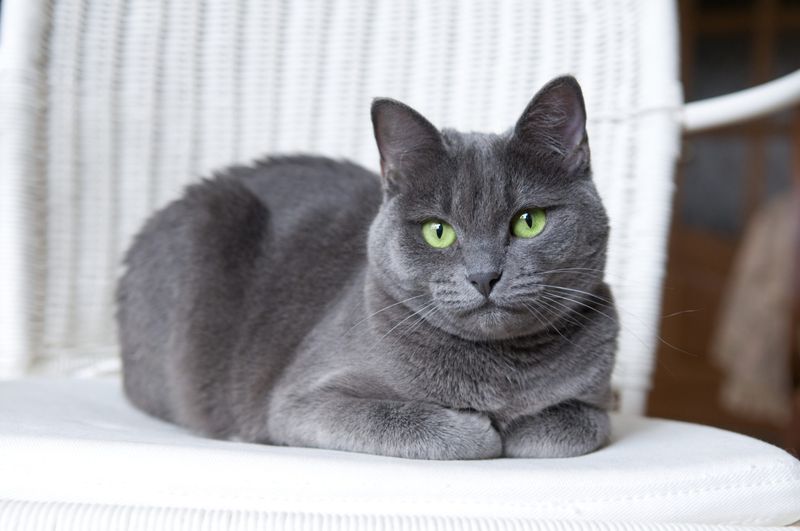
The Russian Blue is typically known for its calm, reserved nature and loyalty to its owners. However, these cats can also display an aggressive side, especially when they feel threatened by unfamiliar people or situations.
Russian Blues tend to form strong bonds with their families and may become possessive or territorial. While they are generally very loving, they do not tolerate being cornered or handled too roughly, which can lead them to become defensive.
11. Abyssinian
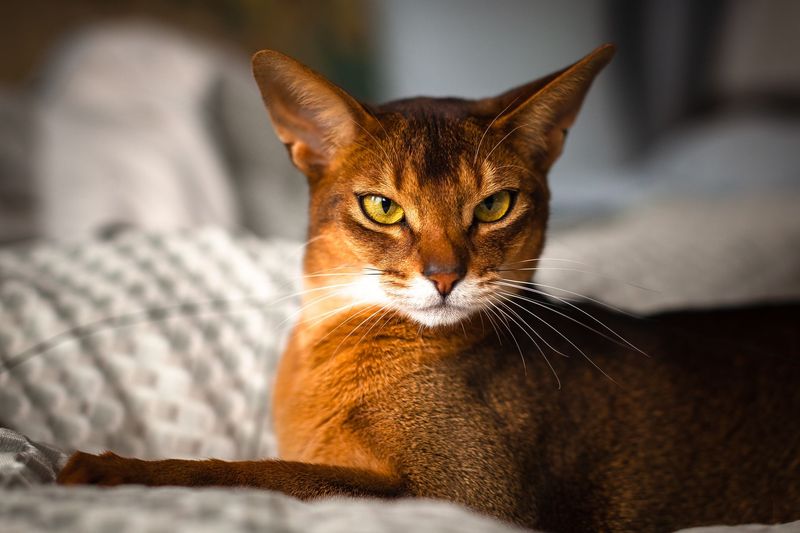
The Abyssinian is one of the most active and intelligent breeds, known for its agility and playful nature. While they are often affectionate and loving, they can sometimes become aggressive, especially if their boundaries are not respected.
Abyssinians are known to be very independent, and if they feel trapped or overly controlled, they might lash out. Their playful energy can turn into frustration if not properly channeled, which can lead to aggressive behavior.
12. Savannah
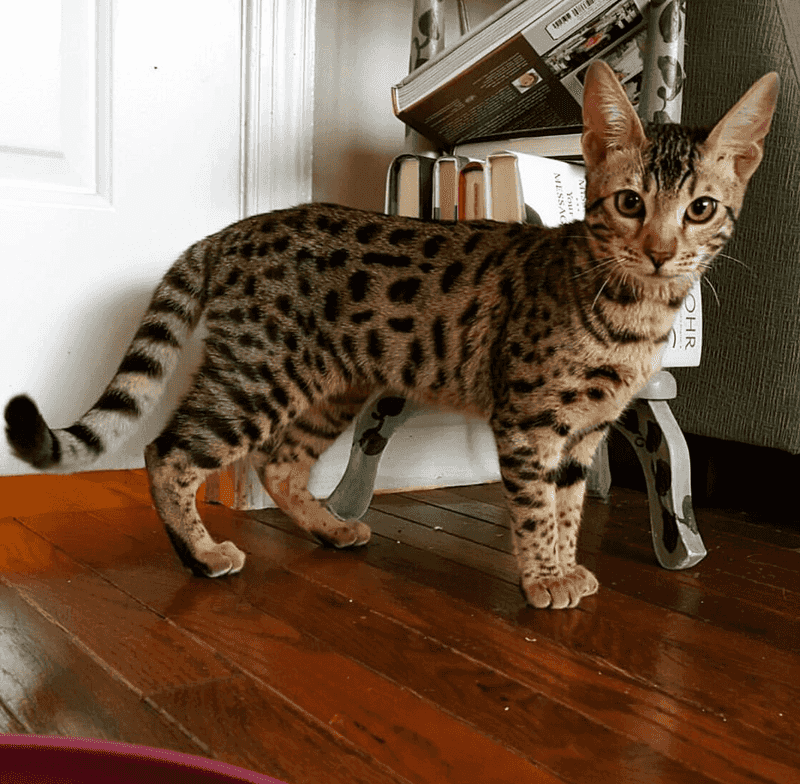
The Savannah cat is one of the most exotic and striking breeds, known for its wild appearance and energetic personality. This breed is a hybrid of domestic cats and wild African servals, which contributes to their more unpredictable nature.
While they can be incredibly affectionate and loyal, Savannah cats can also be aggressive, especially when they feel their territory is threatened. Their high energy levels and wild ancestry mean they need a lot of stimulation and space, or their frustration can lead to aggressive outbursts.
13. Ocicat
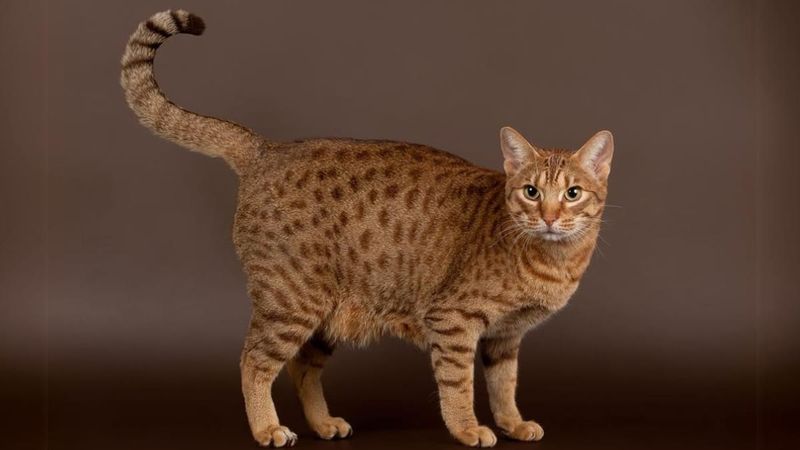
This is a domestic cat breed that resembles a wild ocelot, but despite its appearance, it is very much a domesticated cat. However, it can be surprisingly aggressive, especially if it feels threatened or overstimulated.
The Ocicat’s high intelligence and strong territorial instincts make it a breed that requires a firm hand in training. While they are generally friendly, they may exhibit aggression toward other animals or people if not properly socialized.
14. Manx
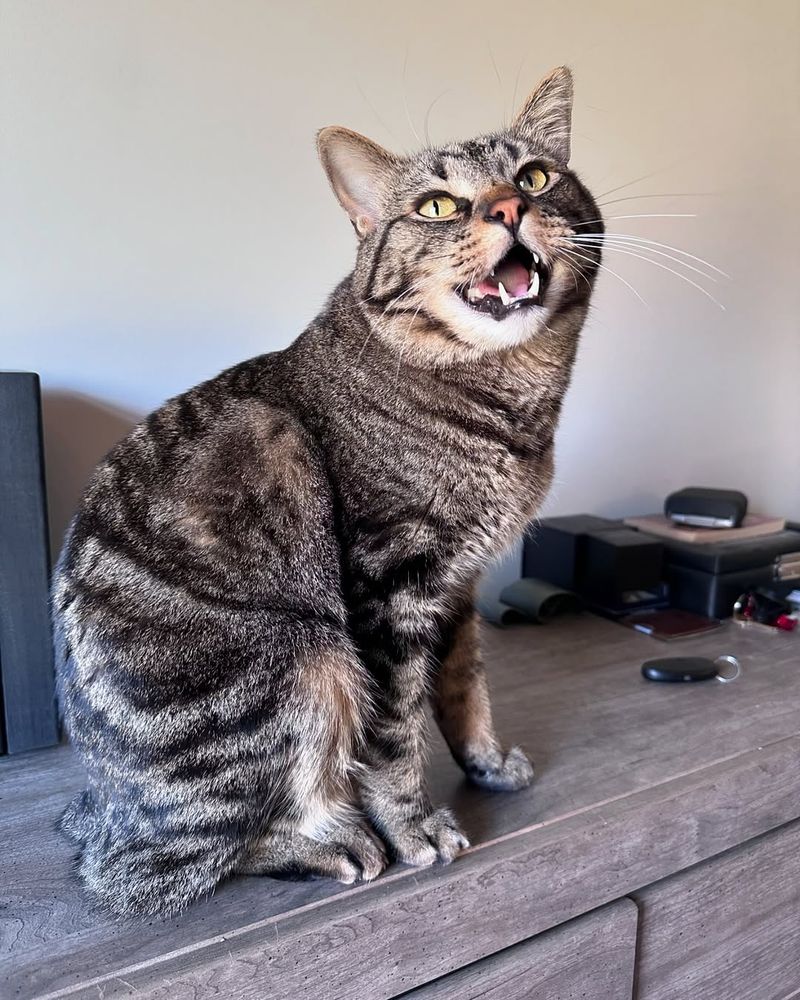
The Manx is a unique breed with a distinct tailless appearance and a calm demeanor. However, beneath their gentle nature, Manx cats can be surprisingly aggressive when they feel their territory is being invaded or if they are handled too roughly.
Known for their playful personalities, they can become territorial, especially in homes with multiple pets. Their aloofness can sometimes lead to aggressive behavior if they feel threatened.
15. Chartreux
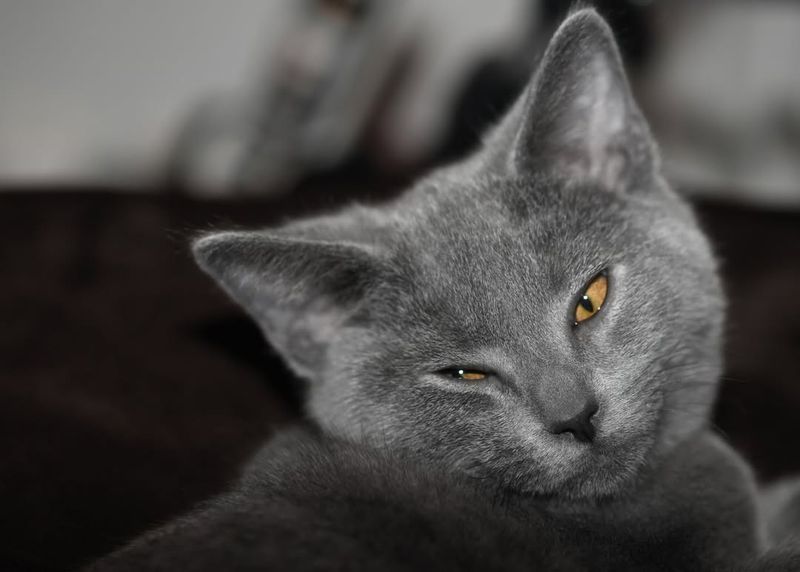
The Chartreux is known for its quiet and affectionate personality, but it has a surprisingly tough side. This breed, though generally calm, can become aggressive when it feels cornered or if it’s being overhandled.
Chartreux cats are independent and may exhibit territorial behaviors, especially in homes with other animals. They’re not the most outgoing breed, and their aloof nature means they need their space. If they feel threatened, they can lash out in defense.

